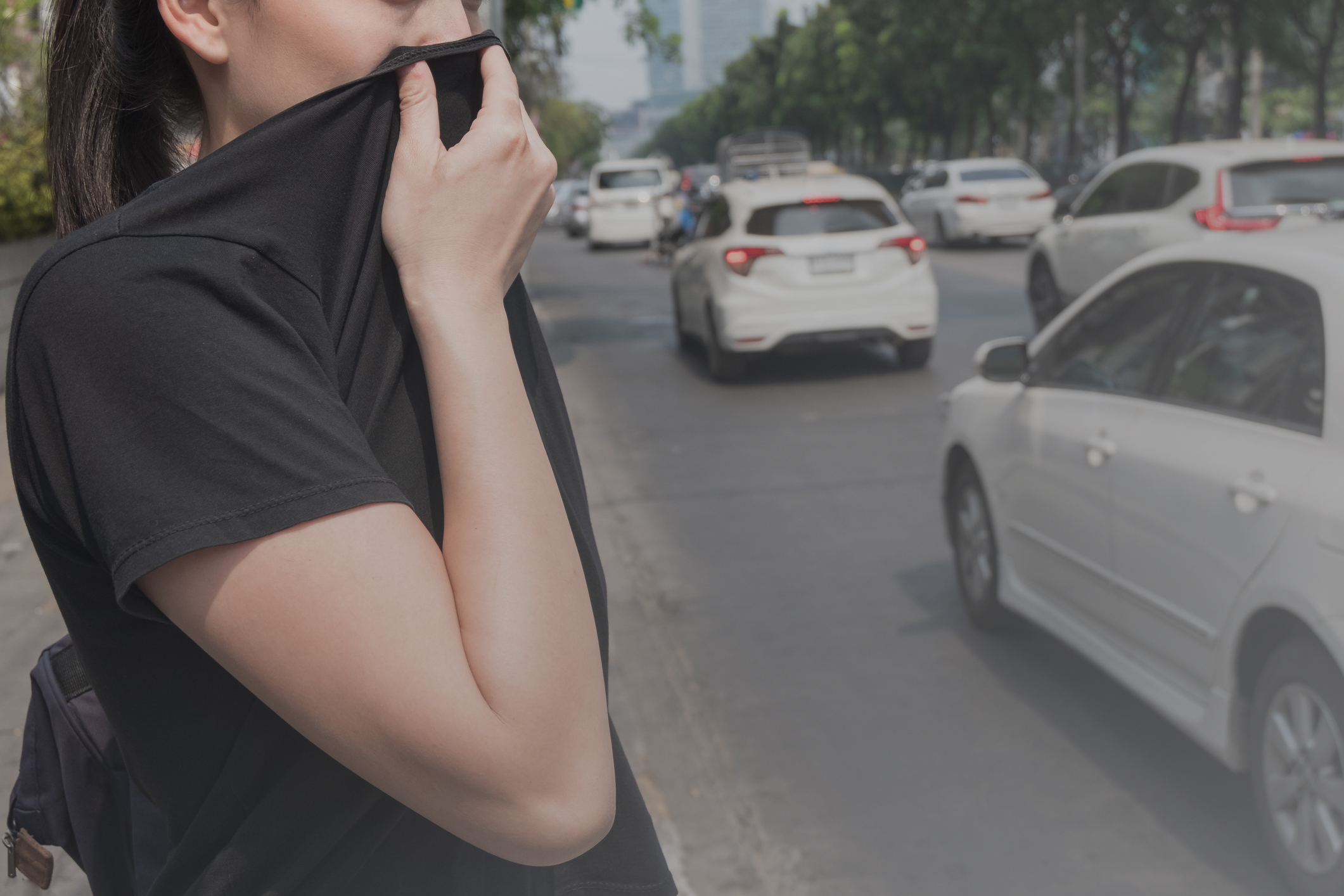Asian-Americans and Pacific Islanders (AAPI) have endured violence and discrimination since they became part of this country. In 1882, Chinese laborers were barred from entering the United States through the Chinese Exclusion Act. In the modern era, AAPIs have been scapegoated and discriminated against during periods of economic distress and war. In World War II, over 120,000 Japanese Americans were forced into internment camps. During and after the Vietnam War, Southeast Asian refugees faced unrelenting hate and discrimination. The rise of the Japanese auto industry led to the murder of Vincent Chin by two white men who blamed him for job losses in the American automobile industry.
Since the beginning of 2021, hate crimes committed against AAPIs have risen 169 percent as AAPIs continue to be blamed for the COVID-19 pandemic. That includes the murder of six Asian women working at spas in Atlanta. This uptick in violence has generated lots of attention toward a community that has often been neglected due to the model minority myth.
The spotlight on AAPI hate crimes through videos and photos has demonstrated ways in which our communities endure physical and verbal hate. But during Asian American and Pacific Islander Heritage Month, my work as a campaigner advocating for equitable public health solutions through cleaning up our dirty transportation sector has reminded me how my community is subjected to environmental inequities.
The burden of toxic air pollution is not distributed evenly, and it affects certain communities like mine more harshly than others. I know this because I’ve experienced it first-hand. Growing up in San Jose, California, my family and I lived near Interstates 280 and 680, as well as Highway 101. As a child I did not know what breathing tailpipe pollution from cars and trucks did to people’s health. I knew that breathing it couldn’t be good, but that was our daily reality for many years.
As time passed, I noticed my dad coughing more harshly. One day he went to the doctor and came back to tell the family that he had chronic bronchitis, and that his lungs will never be the same. It’s no wonder my parents uprooted our family and moved to a neighborhood that was less dense and had less traffic.
Across the country, communities of color and low-income households like the one I grew up in are exposed to higher levels of air pollution from transportation due to high levels of vehicle traffic from cars, buses, and commercial trucks. This is just one of the deeply racist impacts of past and present highway expansion projects.
The transportation sector is the largest source of greenhouse gas emissions in the United States, accounting for over a third of total climate emissions, and a major source of air pollution.
Many residents of Los Angeles and other urban centers like Detroit, New York City, and Philadelphia are living in what health experts and community activists call “diesel death zones,” due to the hazardous levels of diesel pollution from trucks and buses. Diesel exhaust contains over 40 different toxic air contaminants, and these pollutants are linked to premature death and serious complications for lungs and hearts.
Larger vehicles like trucks and buses produce the worst air pollution. Although they account for only 10 percent of all vehicles on the road, they’re responsible for 45 percent of nitrogen oxide emissions and over 57 percent of particulate matter.
Studies show that Latino, Asian-American, and Black communities are disproportionately burdened by air pollution from vehicles, respectively facing 75 percent, 73 percent, and 61 percent higher exposure than white communities in the Northeast and Mid-Atlantic. In California, they face 39 percent, 21 percent, and 43 percent higher levels of exposure.
We can address this issue today.
Thankfully, we have a new federal administration that immediately prioritized climate and racial equity. We also have an Environmental Protection Agency and Department of Transportation that understand transportation emissions’s significant impact on the climate crisis and communities suffering from toxic pollution.
Now is the time for ambitious policies that prioritize communities overburdened by transportation pollution. We need federal and state action to address this environmental injustice, and luckily there’s precedent, thanks to community organizing and advocacy to pass life-saving policy and securing commitments to reduce toxic air pollution.
Last summer, California made history by adopting the nation’s first and most ambitious clean trucks rule, which requires zero-emission logistics and urban delivery trucks by 2035 and all trucks and buses to be zero-emission by 2045.
Known as the Advanced Clean Trucks Rule, the strength of the rule was the result of advocacy from an informal coalition of more than 40 environmental justice, labor, and health organizations, as well as zero-emission industry partners. Environmental justice groups, made up of frontline community members in Southern California’s Inland Empire, were powerful and essential leaders in the effort. California’s clean trucks rule can and should serve as an example for other states wishing to protect their residents from harmful air pollution.
Also last year, 15 states and Washington, D.C committed to work together to electrify diesel trucks and buses and ensure 100 percent electric truck and bus sales by 2050. This agreement is a framework that governors around the country should join.
Historically, the transportation sector has been on the forefront of the fight for social and environmental injustice and a beacon for the civil rights movement. With these policy levers available, there’s no excuse for policymakers to delay pulling them to clean up the nation’s dirty trucks and buses. It’s past time for all levels of government work to right the deeply embedded inequities that permeate our transportation systems and guarantee cleaner air for communities of color and low-income households across the country.
